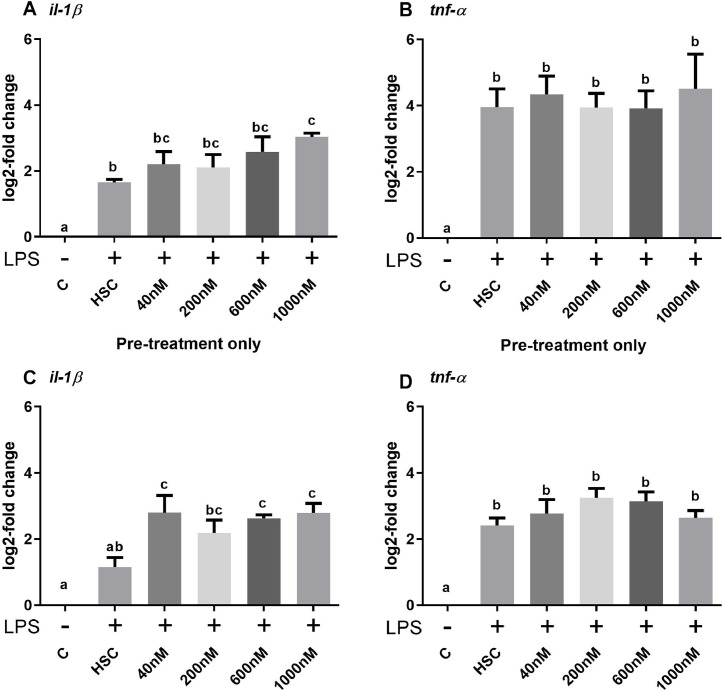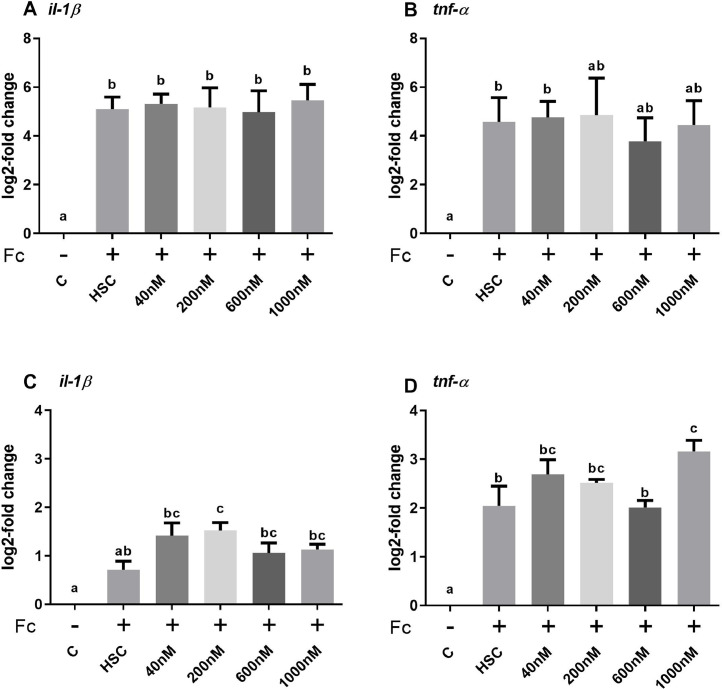The effect of PACAP administration on LPS-induced cytokine expression in the Atlantic salmon SHK-1 cell line.
Abstract
Recent work has identified pituitary adenylate cyclase activating polypeptide (PACAP) as a potential antimicrobial and immune stimulating agent which may be suitable for use in aquaculture. However, its effects on teleost immunity are not well studied and may be significantly different than what has been observed in mammals. In this study we examined the effects of PACAP on the Atlantic salmon macrophage cell line SHK-1. PACAP was able to increase the expression of LPS-induced il-1β in at concentrations of 1 uM when administered 24h prior to LPS stimulation. Furthermore, concentrations as low as 40nM had an effect when administered both 24h prior and in tandem with LPS. PACAP was also capable of increasing the expression of il-1β and tnf-α in SHK-1 cells challenged with a low dose of heat-killed Flavobacterium columnare. We attempted to get a better understanding of the mechanism underlying this enhancement of il-1β expression by manipulating downstream signaling of PACAP with inhibitors of phosphodiesterase and phospholipase C activity. We found that inducing cAMP accumulation with phosphodiesterase inhibitors failed to recapitulate the effect of PACAP administration on LPS-mediated il-1β expression by PACAP, while use of a phospholipase C inhibitor caused a PACAP-like enhancement in LPS-mediated il-1β expression. Interestingly, the VPAC1 receptor inhibitor PG97-269, but not the PAC1 inhibitor max.d.4, also was capable of causing a PACAP-like enhancement in LPS-mediated il-1β expression. This suggests that fish do not utilize the PACAP receptors in the same manner as mammals, but that it still exerts an immunostimulatory effect that make it a good immunostimulant for use in aquaculture.




 求助内容:
求助内容: 应助结果提醒方式:
应助结果提醒方式:


